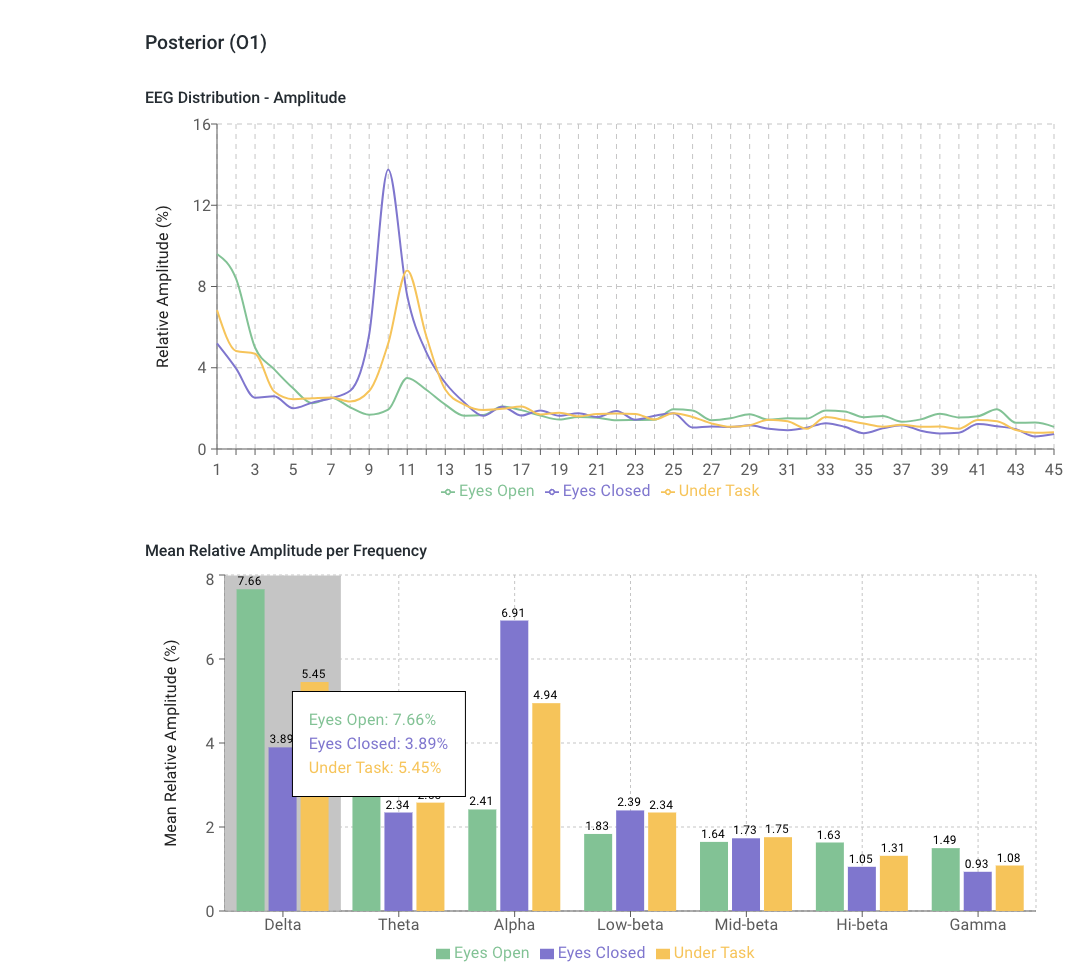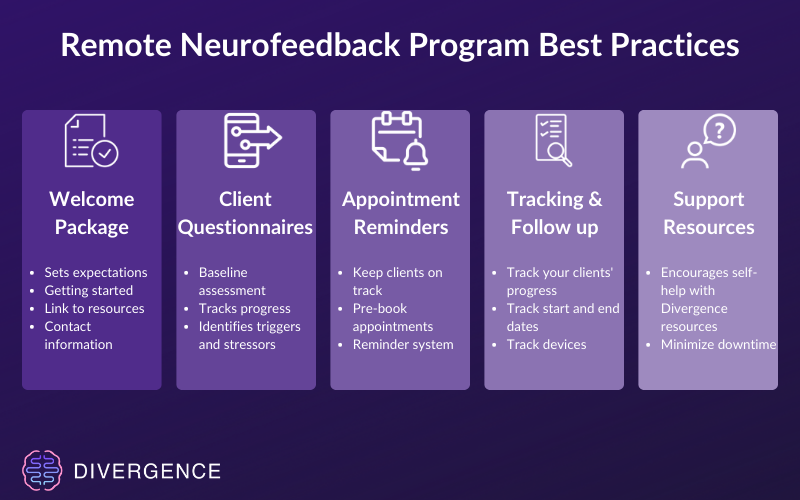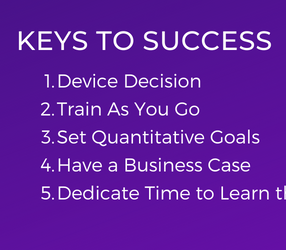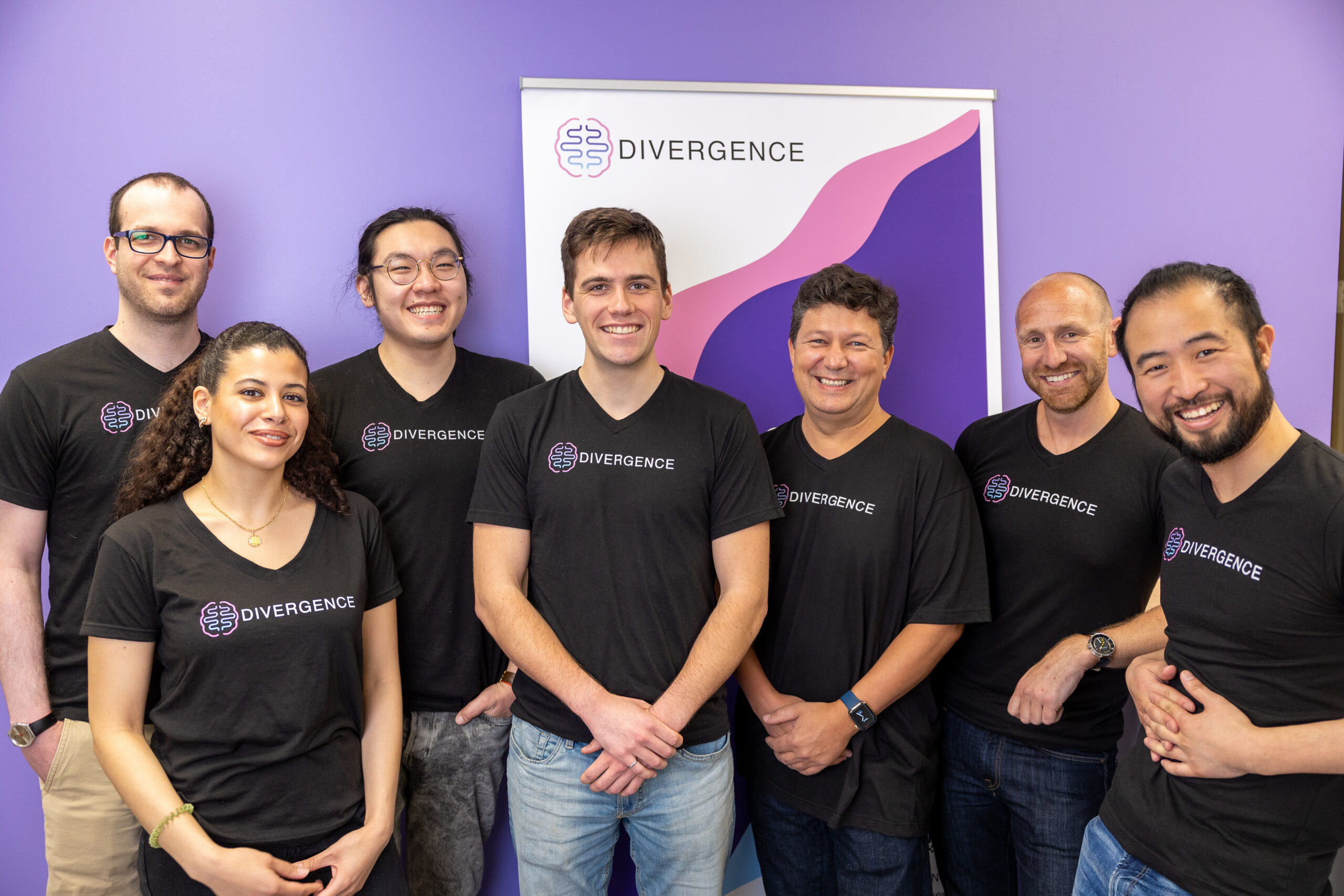How to Add Neurofeedback to Your Practice
Neurofeedback and neurotherapy are emerging fields in mental health that use technology to monitor and train the brain’s electrical activity. These methods have shown very promising results in the treatment of a range of mental health concerns, including anxiety, depression, ADHD, and PTSD.
Many therapists have been interested in the neurotherapy methodologies in recent years due to the increased evidence of its effectiveness towards these concerns. If you have never done neurotherapy in your practice or learned about it in school, how do you get started?
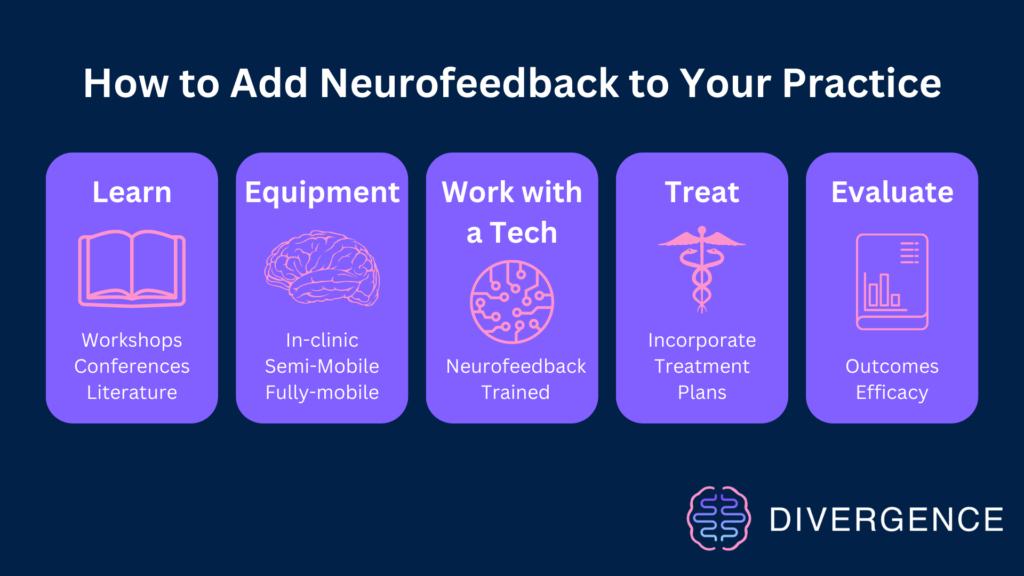
Here are some steps you can take:
- Learn more about it: Start by learning as much as you can about neurofeedback and neurotherapy. Attend workshops and conferences, read relevant literature, and consider taking a course or certification program to deepen your knowledge. There are several conferences worth considering:
- Association for Applied Psychophysiology and Biofeedback (AAPB) Annual Conference: This conference is one of the largest gatherings of biofeedback and neurofeedback professionals in the world. It features keynote speakers, workshops, and presentations on the latest research and techniques in the field.
- International Society for Neurofeedback and Research (ISNR) Annual Conference: The ISNR conference is an international gathering of neurofeedback and neuroregulation professionals that includes keynote speakers, workshops, and presentations on the latest research and techniques in the field. It also offers opportunities for networking and professional development.
- Biofeedback Federation of Europe (BFE) Annual Conference: The BFE conference is a European gathering of biofeedback and neurofeedback professionals that features keynote speakers, workshops, and presentations on the latest research and techniques in the field. It also offers opportunities for networking and professional development.
There is also a section on our website that is dedicated to education. We regularly host free webinars on benefits and professional development related to neurofeedback. We have also partnered with TrueBearing Academy to launch a comprehensive, accessible course called Fastlane – Divergence, this is an excellent, expert-crafted course to get you up and running in neuro from scratch.
- Choose your equipment: There are many types of neurofeedback and neurotherapy equipment available on the market, ranging from simple 1-channel EEG devices to advanced neurostimulation devices. Consider your budget, your clients’ needs, and your own comfort level with technology when choosing your equipment.
- In-Clinic, high-end equipment: typically costs up to $50,000, is stationary, requires gel, caps, and more powerful computers to run. These systems are suitable for doing full brainmaps using the qEEG approach, and more complex training.
- Semi-mobile, mid-end equipment: these are equipment that are comparatively smaller than the in-clinic equipment, and can be shipped to clients and applied in remote settings. There is a hybrid between dry and wet sensor options in this class of equipment. However, a relatively high degree of technical sophistication may still be required when applying them. These equipment typically cost between $1,000 to $10,000, and are often suitable substitutes for in-clinic equipment for most supervised remote and in-clinic neurofeedback assessments and training.
- Fully mobile equipment: these are devices that are fully mobile, portable, and personal-sized. Often they are equipped with between 1 to 4 channels and leverage dry sensor technology. They can range from $200 to $1,000 and are often suitable options for starting simpler neurofeedback training in a full, remote setting with. Some of them can even do simpler assessments (light-weight qEEG). Divergence is compatible with a range of such devices, they are excellent to get you started.
- Work with a technician: Depending on your level of expertise and comfort with the technology, you may want to have a technician to operate the equipment and software during sessions, especially for in-clinic neurofeedback. Look for someone who is trained and certified in neurofeedback and neurotherapy, and who has experience working with mental health clients. A trained technician can be instrumental especially if you decide to start with in-clinic neurofeedback equipment due to the complexity of setup and operation.
- Incorporate neurofeedback and neurotherapy into your treatment plans: Once you have the necessary equipment and personnel in place, you can begin incorporating neurofeedback and neurotherapy into your treatment plans. Start with the issues you are an expert in. Work with your clients to identify specific goals for their neurofeedback and neurotherapy sessions, and track their progress over time.
- Evaluate outcomes: Finally, it’s important to evaluate the outcomes of your neurofeedback and neurotherapy interventions to ensure that they are effective and appropriate for your clients. Use standardized measures and track progress over time to determine the efficacy of your interventions.
